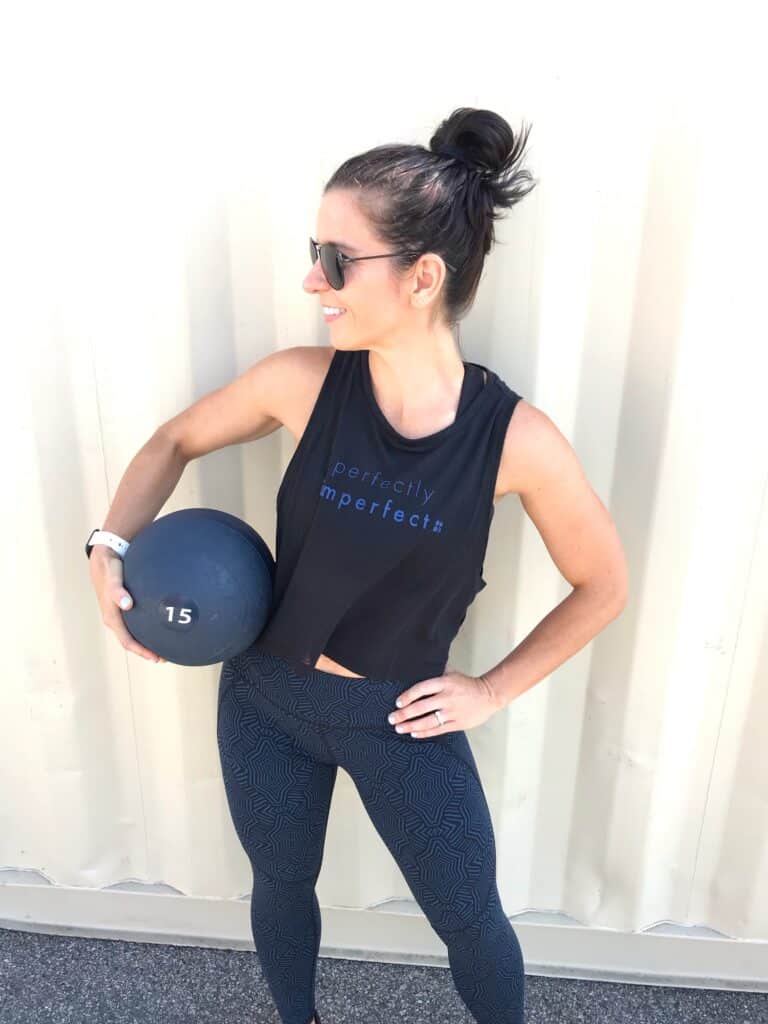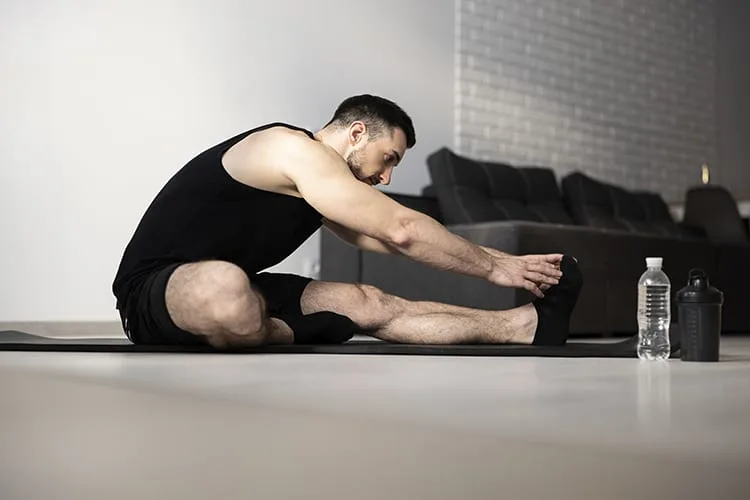Elevate Your Athletic Performance: Jump Training for Men
When we think of athletes with explosive power and agility, jumpers are often at the top of the list. Whether it’s watching basketball players make slam dunks, volleyball athletes spike the ball, or track and field stars soar across the sand pit, one thing is clear: jump training, also known as plyometrics, can be a game-changer for men looking to enhance their athletic prowess.
Originating from the Greek words ‘plythein’ (to increase) and ‘metron’ (measure), plyometrics refers to exercises that enable muscles to reach maximum strength in a short amount of time. This is achieved by a rapid sequence of muscle lengthening (eccentric phase) followed by muscle contraction (concentric phase). The effect is similar to stretching and snapping back a rubber band – it’s swift and powerful.
Jump training offers several benefits for men:
- Improved Power and Explosiveness: Plyometric training has been proven to develop fast-twitch muscle fibers, which are responsible for quick and explosive movements. These movements are essential in various sports.
- Enhanced Athletic Performance: Having a powerful jump can give men an edge over their competition in basketball, soccer, tennis, parkour, and other sports.
- Increased Bone Density: Regular plyometric exercises can enhance bone health, reducing the risk of osteoporosis later in life.
- Burns Calories: Jump training is a high-intensity workout, helping men burn more calories in a shorter period compared to low-intensity exercises.
- Functional Fitness: Jumping is not limited to sports; it is a fundamental human movement. Training the body to jump effectively can improve everyday tasks and overall movement quality.
Popular Plyometric Exercises for Men:
- Box Jumps: Stand in front of a sturdy box or platform, squat slightly, swing your arms, and jump onto the box. Step down and repeat.
- Depth Jumps: Start by standing on a platform, step off, and as soon as you touch the ground, explode upwards with a high jump. This exercise trains reactive strength.
- Broad Jumps: Stand with feet shoulder-width apart, squat down, swing your arms back, and jump forward as far as you can. Aim for distance over height.
- Plyometric Push-ups: Begin in a standard push-up position, lower your body, and then explode upwards, allowing your hands to leave the ground.
- Tuck Jumps: Stand upright, jump as high as you can while tucking your knees into your chest mid-air.
While plyometrics can provide impressive results, it is crucial to prioritize safety. Incorporate plyometrics into your routine two to three times a week, focusing on quality rather than quantity. Start with a good warm-up, perform the exercises, and finish with a cool-down.
Consider your specific goals when choosing plyometric exercises. If you aim to improve your vertical jump for basketball, focus more on exercises like box jumps and depth jumps. For sprinting or agility, broad jumps and lateral plyometric exercises may be more beneficial.
Incorporating Plyometrics into Your Fitness Journey:
It’s important to understand how plyometrics fit within a comprehensive workout plan. While jump training builds explosive power, incorporating strength training can provide the foundational muscle and endurance needed to support these intense exercises. Consider the following combinations:
- Squats and Box Jumps: After completing a set of squats, super-set with box jumps to activate the same muscle groups in different ways.
- Deadlifts and Broad Jumps: Pair deadlifts, which focus on the posterior chain, with broad jumps to increase the functional application of the strength you’re building.
Plyometric exercises can also be incorporated into circuits to increase cardiovascular benefits:
- Plyo Circuit: Combine tuck jumps, plyometric push-ups, and lateral jumps into a circuit. Complete each exercise for 30 seconds with a 15-second rest in between. This improves power and elevates heart rate for cardiovascular health.
Incorporating flexibility training and recovery strategies into your routine are essential:
- Stretching: Focus on static stretches targeting the muscles used during plyometrics to aid in recovery and maintain flexibility.
- Yoga: Yoga can complement plyometrics by emphasizing flexibility and balance, ensuring muscles are not overly tight and the body can handle landings effectively.
While many plyometric exercises can be done using only body weight, adding basic equipment can introduce variety and intensity:
- Plyometric Platforms: Use adjustable platforms for progressive training at varying heights.
- Resistance Bands: Add resistance during jumps or assist in stretching post-workout.
- Medicine Balls: Incorporate upper body plyometric exercises using medicine ball slams or rotational throws.
To stay motivated and track your progress, consider these tips:
- Benchmark Testing: Measure your vertical jump height or how far you can broad jump before starting plyometrics. Periodically measure to track improvements.
- Journaling: Maintain a training journal to document exercises, repetitions, sets, and any variations. This helps monitor progression and identify areas for improvement.
- Rest and Recovery: Avoid the temptation to push yourself excessively every time. Muscles grow and strengthen during the recovery phase. Ensure adequate sleep, a balanced diet, and consider incorporating supplements like protein powders or BCAAs for muscle repair and growth.
Plyometrics, when combined with traditional strength training and proper tracking, can transform your athleticism and fitness levels. Dedicate yourself to this form of exercise, and you’ll make significant leaps in your physical performance.
Stay up to date on the latest men’s health, fitness, and lifestyle trends and tips.







